USING COMMUNICATION TEMPTATIONS
TO MOTIVATE TO COMMUNICATE
Many children with ASD do not feel the need or motivated to communicate as everyone in their environment thinks for them, gives them what they want or even anticipates their needs. When you create a communication programme it is VITAL you create as many opportunities as possible for the child to communicate.
Start with activities that are particularly desirable or intriguing for your child are more likely to ‘tempt’ them or provide them with sufficient motivation to communicate with another person. Encourage verbal children to use their words or extend their word i.e. “Drink” to “I want drink” and non-verbal children to use visuals/signs/gesture to communicate.
Check out my previous podcasts on Communication:
- Episode 103: Step by Step Strategies to Grow and Support Communication using Augmentative & Alternative Communication (AAC)
- Episode 82: Why Kids on the Spectrum are More Likely to be Perfectionists & What You can do to Support them
| by Jo Adkins & Sue Larkey | Communication is the biggest area of skill deficits in nearly all children on the autism spectrum – whether it is little to no verbalisation, social skills or simply understanding spoken language. This book offers hundreds of ideas and strategies to improve communication skills – including picture exchange, teaching literacy skills, and emotions. It includes activities and resources you can photocopy.





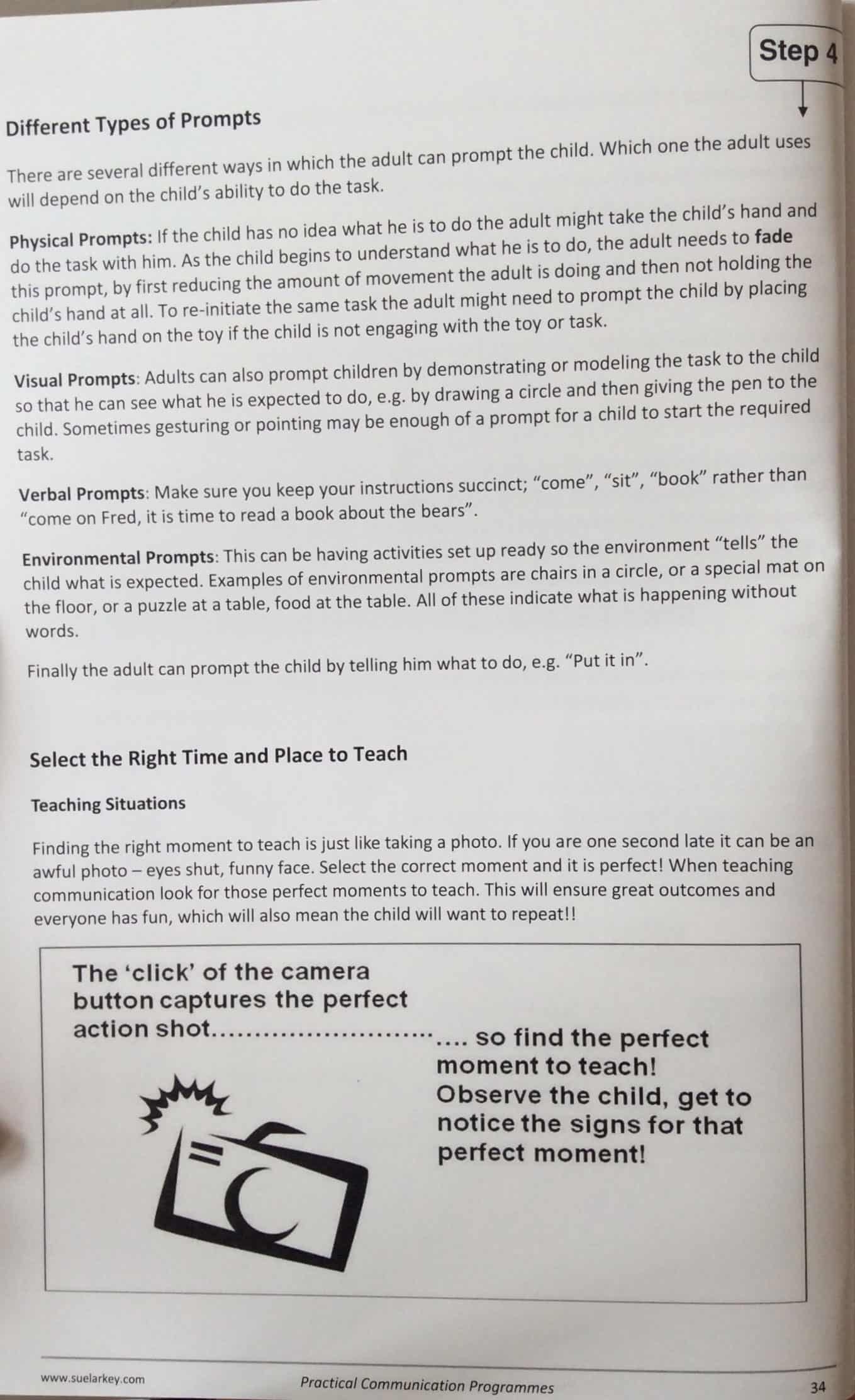
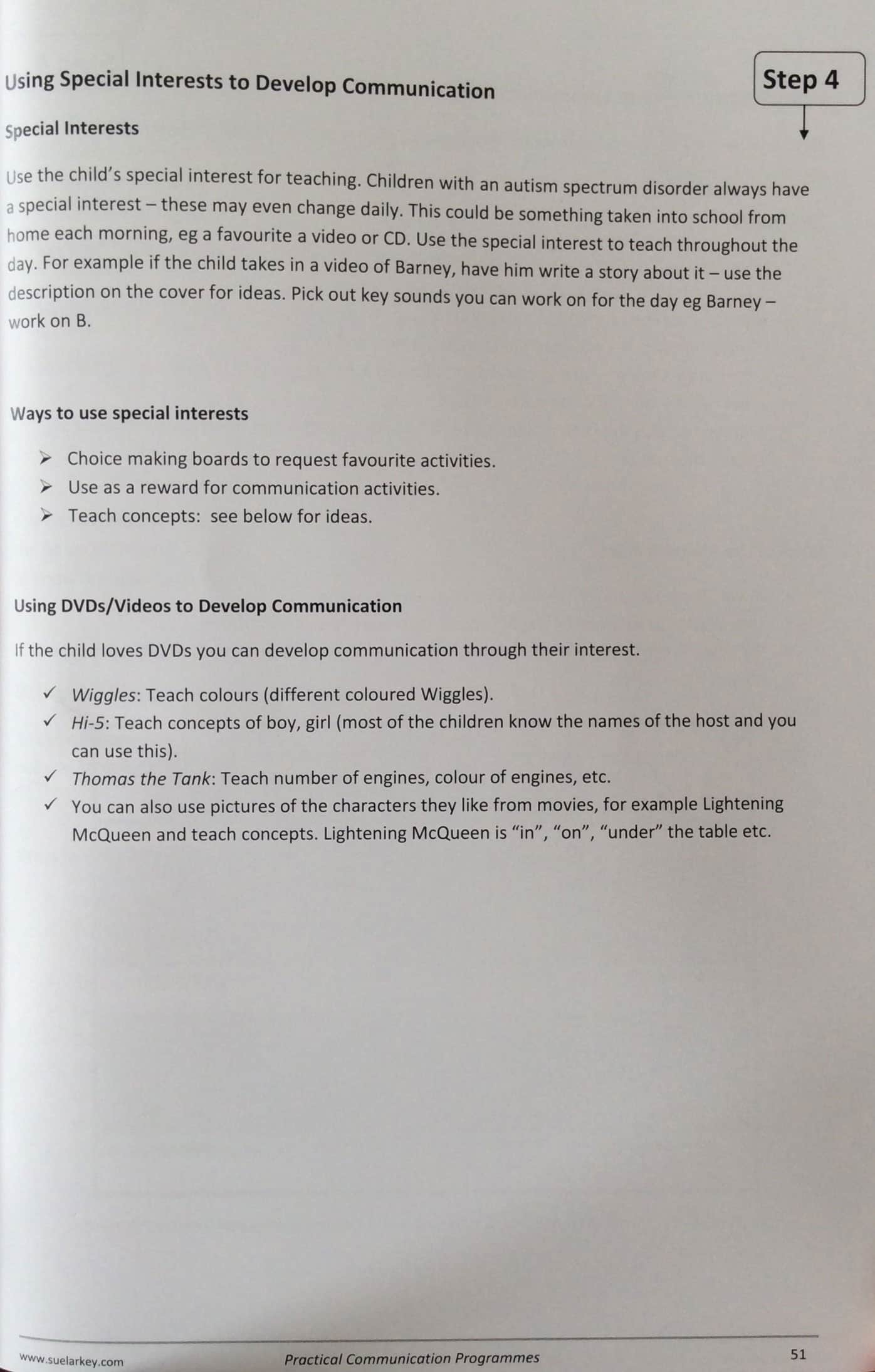

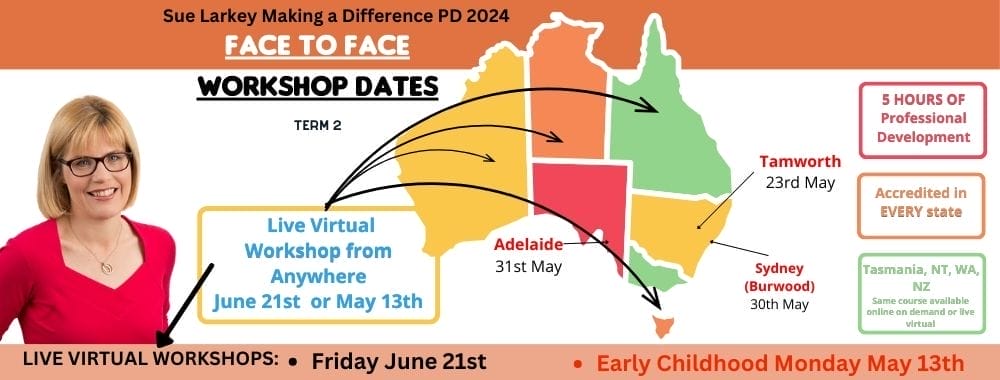
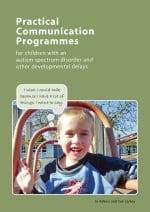

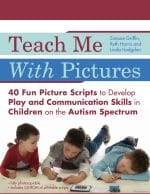

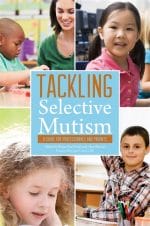

 For all orders outside Australia please email
For all orders outside Australia please email 